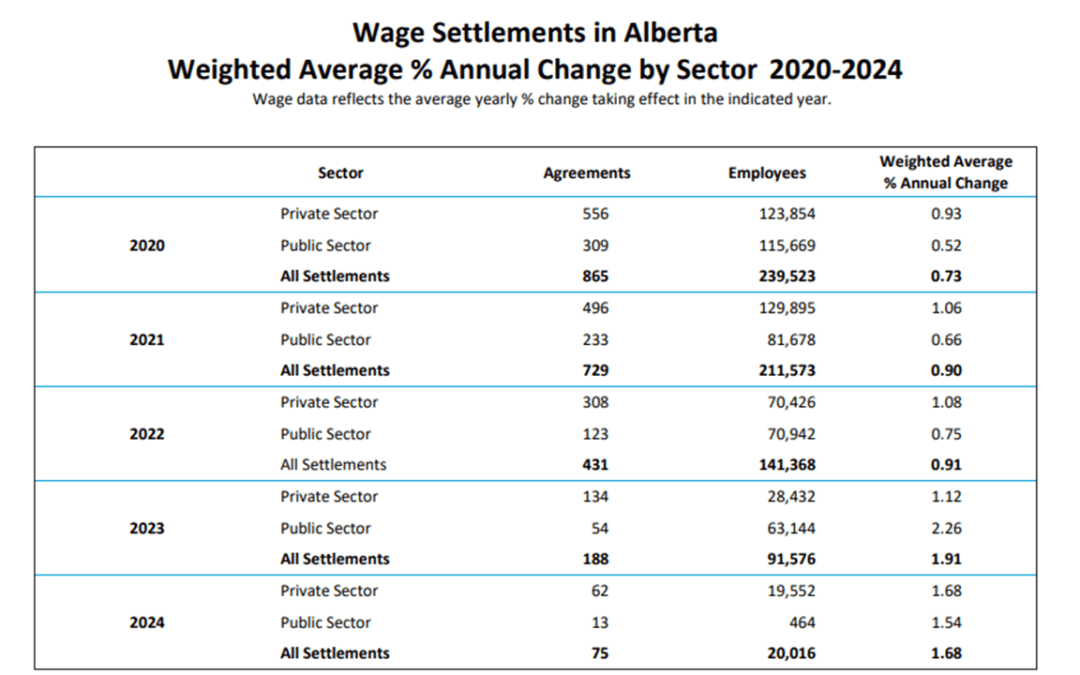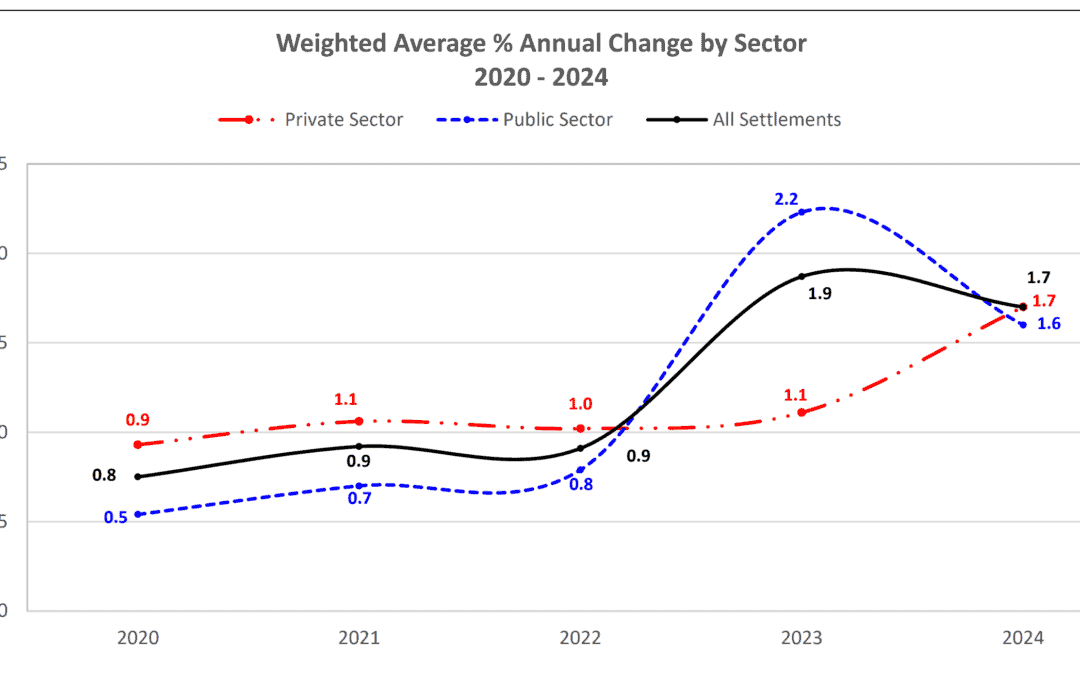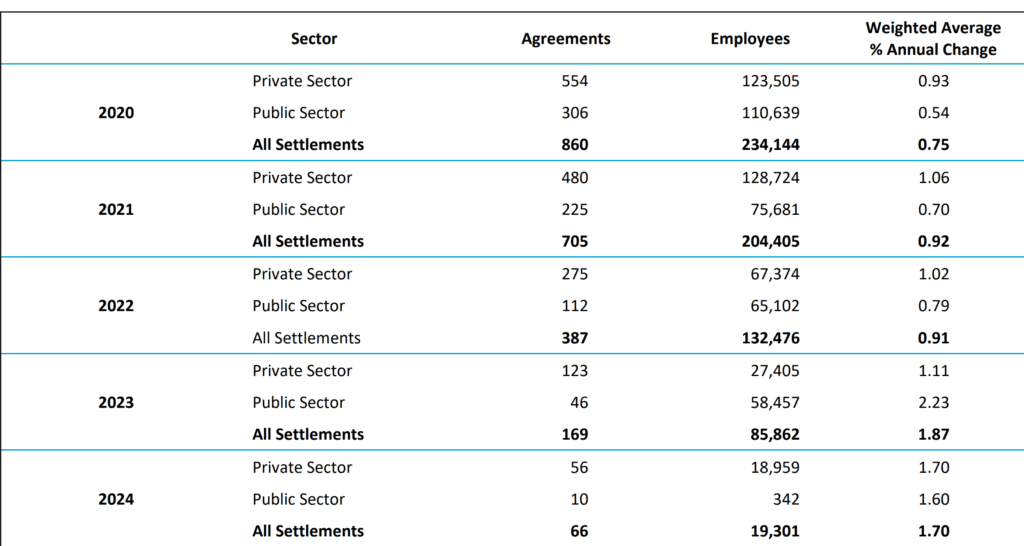
Alberta Labour Market Update for March 2022
Alberta Labour Market Update: March 2022
In March, the Alberta Labour Market experienced lowered unemployment rates to 6.5% year over year, with 7,200 jobs added month over month. Service sectors increased by 13,100 jobs, and employment in goods-producing sectors lost 6,000 jobs. Nationally, unemployment fell to 5.3%, and wages ticked up by 0.1% month over month. Alberta’s labour market participation rate holds steady at 69.3%.
Labour underutilization is up to 13.7%, as many worked less than 50% of their regular number of hours.
Alberta’s Consumer Price Index rose to 5.5% in March 2022.
Average weekly earnings increased 2% year over year. Wages are down 0.1% month over month, and a good portion of the 2% increase results from income other than regular wage rates (overtime, bonuses etc.). Average collective agreement negotiated wage settlements in the private sector is as follows: 2022 = 1.1% 2023 = 1.1%, 2024 = 1.7%. Public sector settlements are as follows: 2022 = 0.8%, 2023 = 2.3%, 2024 = 1.5%. Overall wages settlements are as follows: 2022 = 0.9%, 2023 = 1.9%, 2024 = 1.7%.
Over the past year, the Alberta Labour Market welcomed 32,000 immigrants and lost 1,200 to interprovincial migration, with an overall population increase of 1.1% year over year.
Non-residential construction is up 1.3% month over month. Commercial and industrial increased activity more than offset declines in institution and government investment spending.
Manufacturing increases 7.2% month over month with decreased chemical sales offset by higher volume and prices of petroleum and coal, food and wood. Factory sales were up 30%.
Wholesale trade is up 23% year to date.
Oil and gas prices increased year over year, with oil averaging US$68/barrel and the Western Canadian Standard price differential averaging $13/barrel in 2021. Gas prices averaged $3.41 per Gigajoule in 2021.
Overall there are reasons for cautious optimism. It is wise to continue prudent reluctance to increase structural costs by committing to wage increases—current wage adjustments trend between 0.8%-1.2% for 2022. Employers would be wise to apply innovative approaches to attracting and organizing available skilled teams to increase utilization.
Please visit our homepage for more information about our human resources, recruitment and labour relations firm. We serve all of Canada and have offices in Edmonton, Alberta and Prince George and Victoria, British Columbia.




Recent Comments